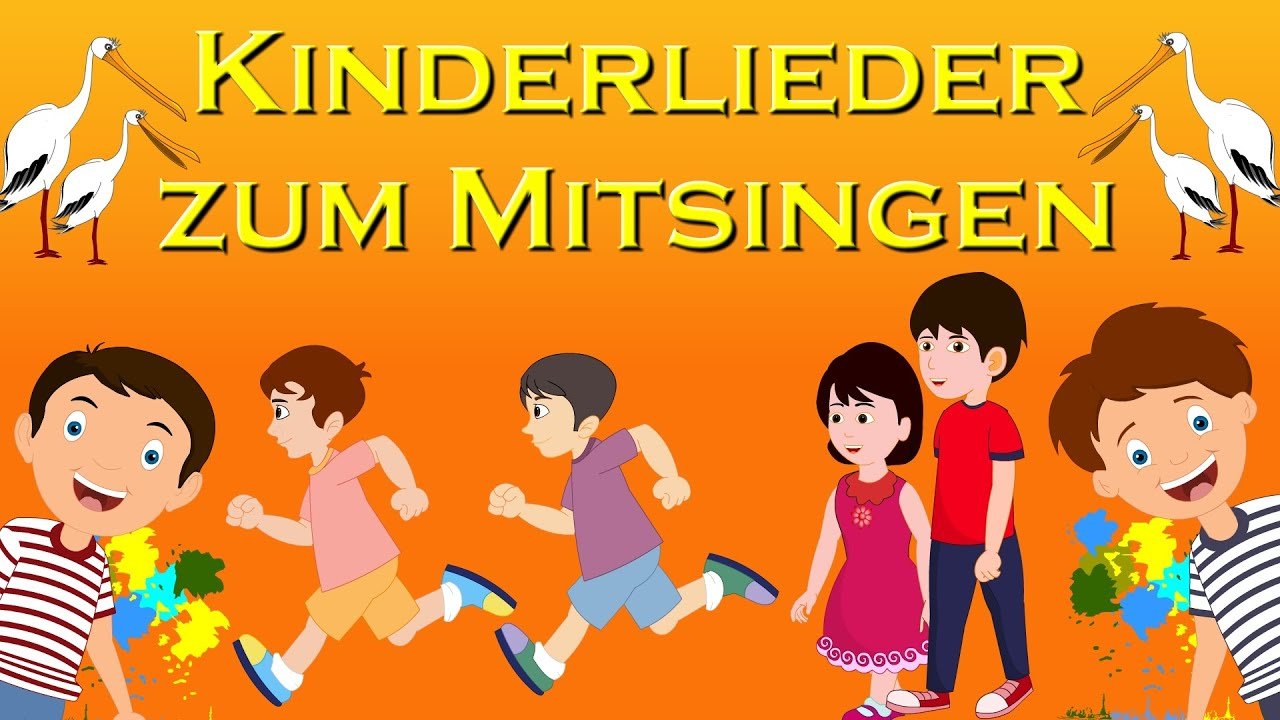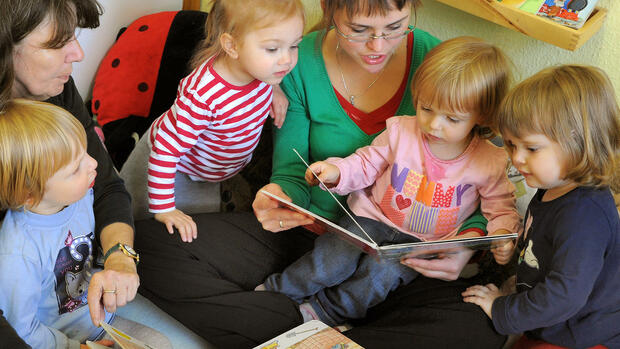Please send your inquiries and concerns of all kinds best by email to Märthe Blank: [email protected]. Your questions and messages will then be immediately forwarded to the right place and answered.
is the chairwoman of the board of the Deutsche Lebensbrücke and she is your contact for all questions about the association. She is responsible for cooperations and special donation campaigns with the Deutsche Lebensbrücke, as well as for all of our international projects.
is your contact for all questions regarding your contribution or your donation. You can reach them through our donations phone from Monday to Thursday: 089-461 39 874. Patricia Annunziata also coordinates fundraisers for our projects "Against child poverty in Germany". If you would like to receive information or have any questions, you are in the right place with her, preferably by email.
has been responsible for the reliable coordination and execution of our projects in St. Petersburg for almost 20 years. Olga is also responsible for the financial transfer to the families, to the project managers as well as to the service managers on site.
Our online editor Tamara Niebler looks after our website, writes what the keyboard has to offer and is a specialist in SEO optimization. We hope you found us there. Write if you have any questions about our content You her please send an email.
Foundation of the Deutsche Lebensbrücke
Moved by the events after the fall of the wall and the End of the Cold War, Senator Dr. Gathered h.c. Reinhard Mayer’s closest friends in his apartment and confronted them with reports of suffering in Eastern Europe.
His appeal: "Children, the sick and the elderly in Russia, Yugoslavia and Poland need our help." Eduard Prinz von Anhalt remembers: "That same evening it was clear that we need an association to provide meaningful humanitarian aid." They founded the Deutsche Lebensbrücke, based in Munich, and set themselves the goal of helping poor, defenseless and disease-stricken people in need.
Eduard Prinz von Anhalt became President of the Deutsche Lebensbrücke, Senator Dr. h.c. Reinhard Mayer took over the chairmanship of the supervisory board and Petra Windisch de Lates became chairman of the board.
First relief operation: dialysis machines for Poland.
With the motto "We help people, please help" mobilized the Deutsche Lebensbrücke media and celebrity, who committed themselves to the relief efforts with a high level of personal commitment and also persuaded other people on the ground to do something about need and misery.
1991 Our engagement in St.Petersburg begins
After a dramatic call for help in winter 1991 from the Mayor of St. Petersburg, Anatoli Sobchak, a delegation from the German Life Bridge traveled to the city of the tsars.
The first port of call was the ailing children’s hospital No. 1, in which only a few doctors and sisters waged a desperate fight for the lives of children with severe cancer from all over the former Soviet Union, especially from Chernobyl. The sight was staggering: terminally ill children without hope.
To date, thanks to your donations, more than 200 tons of food, high-quality medicines, antibiotics, clean syringes and bandages as well as medical-technical devices with a total value of almost 1.5 million euros have been brought to St. Petersburg.
Outbreak of war in the former Yugoslavia
When the war began in the former Yugoslavia, the Deutsche Lebensbrücke was still very young. Again it was the children who had to suffer particularly from the cruel conditions. They lost their parents, vegetated sick or injured in crowded refugee camps or bombed hospitals.
Here, too, the Deutsche Lebensbrücke helped with fundraisers, both for immediate measures and for long-term help: seriously injured children were flown to Germany and the USA for life-saving operations and follow-up treatments.
Eduard Prinz von Anhalt thanked all donors: "This help was and is only possible because the people in our country have a heart for the victims of wars, diseases, catastrophes or other strokes of fate and support our work with donations."
street children
The Deutsche Lebensbrücke has been looking after neglected people since 1997 Street children in St. Petersburg, who live in demolition houses, supply shafts and dark sewers.
Relieving hardship caused by illness or accidents is one of the major concerns of the Deutsche Lebensbrücke. Abroad as well as in Germany. "Special children", those who need help because of a serious illness are close to the heart of the association. Her parents often run out of physical strength and financial resources. The Deutsche Lebensbrücke repeatedly organizes and finances important operations and therapies.
We accompanied from 1997 to 2009 Julia in their brave struggle for survival: 1990 as siamese twin Born, she lost her sister when she separated and also had to have many Pain and endure operations. We support the family from Poland thanks to your donations to finance the operations and prostheses.
Poverty in Germany
Despite increasing prosperity, there is increasing visible poverty in Germany too. Soup kitchens and free food distribution have become part of everyday life for us too.
The Deutsche Lebensbrücke recognized the need of children in large German cities early on and the project in 2003 "Against child poverty in Germany" brought to life.
With the help of donations will be in leisure facilities free hot meals-, cooking lessons– and other educational opportunities for underprivileged children.
Because child poverty has many faces: poor nutrition, lack of education, lack of human warmth and social isolation.
Little Jonny’s fate
The Deutsche Lebensbrücke was often able to help children with severe adhesions, shortened legs and ossifications thanks to the use of an American pediatric surgeon: he specializes in such operations and develops surgical equipment and devices for each patient.
Jonny’s disability was so heavy that he couldn’t even have been sitting alone without the saving operation.
We accompanied from 2007 to 2017 Jonnyand his family: today the teenager can stand on his own legs of the same length and walk shorter distances – thanks to your support!
An incredibly brave girl
Lea was diagnosed with the very rare disease Lea Femoral Hypoplasia Facial Dysmorphism Syndrome (FHUFS) born, only about 100 cases are known worldwide.
All the tendons and muscles of her thighs are shortened, her bones are crooked, the deformities on her face and her short stature cannot be overlooked.
Is Lea are still dependent on the wheelchair, but thanks to your donations, we were able to give her several operations and one treatment that will allow her to live a largely independent life today!
Cooperation with project Kindercash
Stefanie Schmid and Diana Bartl founded the project in 2012 "school pig" (later in "Children’s Cash Project" renamed), which campaigns against youth and adult debt, as more and more and younger people are heavily in debt.
A great project in which children of elementary school age learn how to use money responsibly and get a good sense of values. This is the prerequisite for finding your way around our consumer world as adults.
Ben and his baby leg
Ben came in 2010 with the so-called proximal femoral defect to the world. With this shortening of the thigh bone, one leg is much shorter than the other. In addition, the femoral head, femoral neck and femur are not connected. The fibula bone is completely absent, the foot is bent to the side and the knee is twisted. At that time the length difference between the two legs was 7 cm, today it is already 27 cm. That’s why Ben calls the shorter leg "Baby leg".
After five unsuccessful surgeries, Ben’s parents came to the Deutsche Lebensbrücke, in 2014 their son was treated by the US orthopedic surgeon and at 15 he will be able to stand on his own, equally long legs.
We continue to build bridges
We look back gratefully. Many thanks to all donors and supporters, without whom an idea at the kitchen table would never have turned into a successful and successful aid organization.
29 years ago, the founders of the Deutsche Lebensbrücke decided not to look away and to help people in need. Once you open your eyes to misery, you can no longer close your eyes.
The Deutsche Lebensbrücke still has many tasks ahead of it.
RELATED ITEMS
-

German kindergartens abroad are often better than here – expat news
The children of German workers abroad are apparently better looked after in German-speaking kindergartens in other European countries than in this country….
-

Entitlement to parental benefit for Germans abroad
German parents’ entitlement abroad In principle, parents who have German citizenship and live in Germany have a claim…
-

Download German children’s songs
I’m going with my lantern feat. Good evening Good Night. The Cuckoo and the donkey. Sing children’s songs with me. This website uses its own cookies…
-

Language test: German children don’t speak German
Language test German children do not speak German In German daycare centers, all children are tested for their language skills. In Berlin every tenth can…




